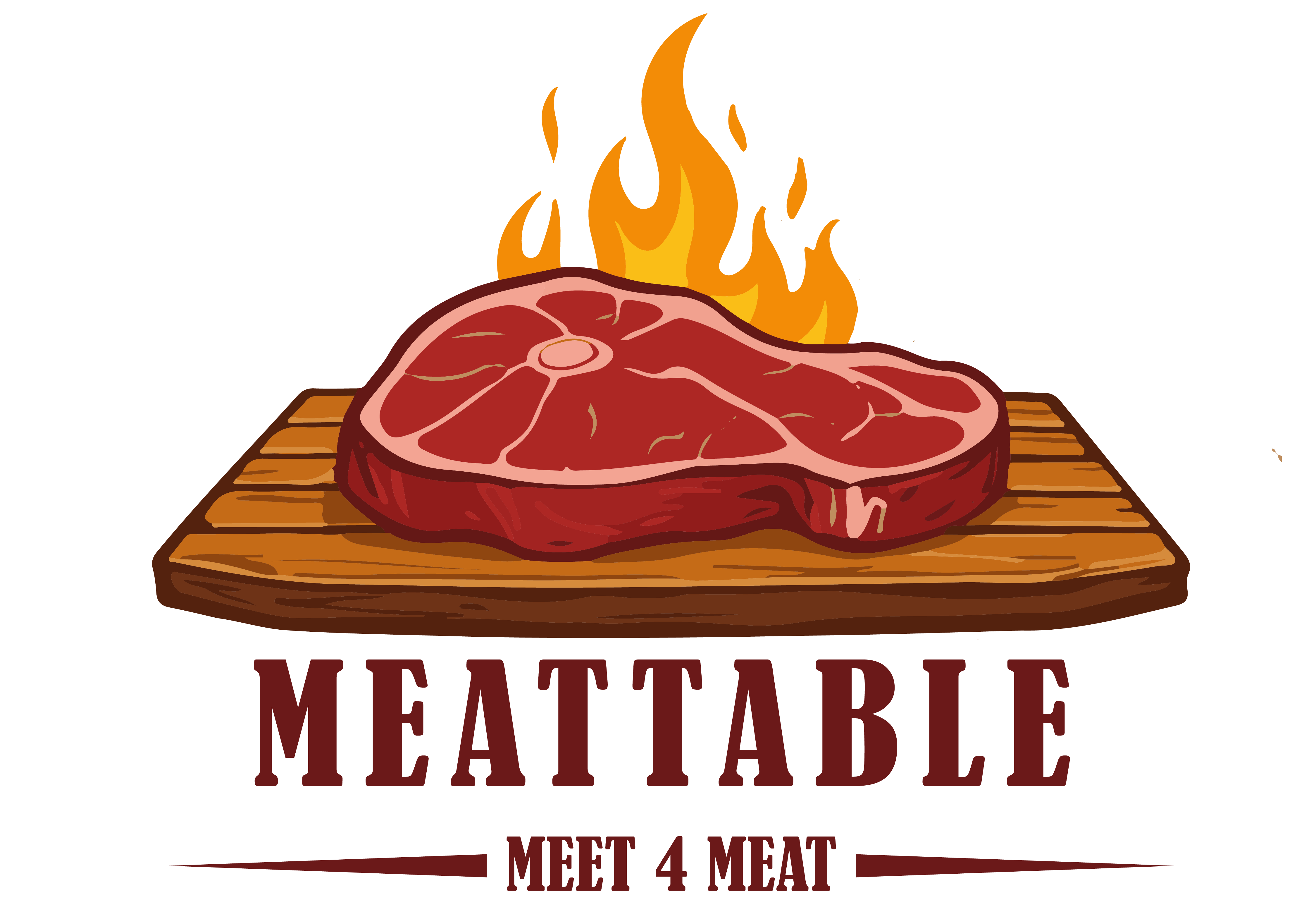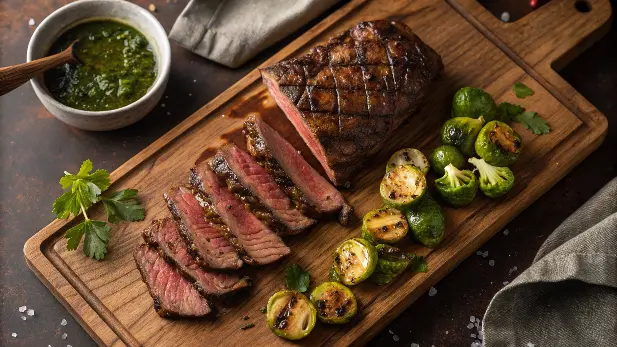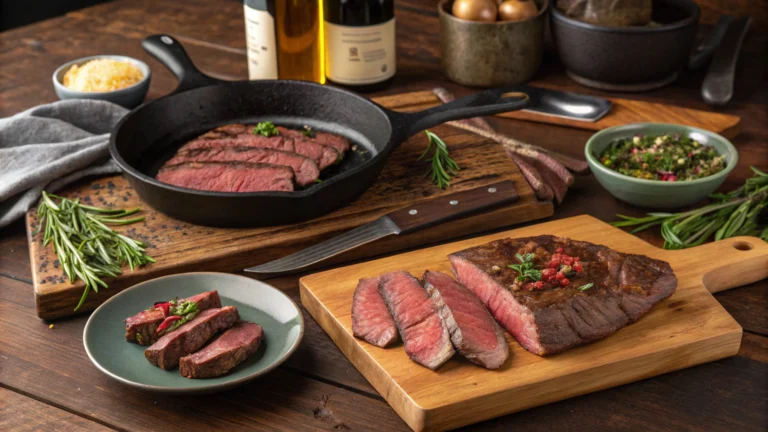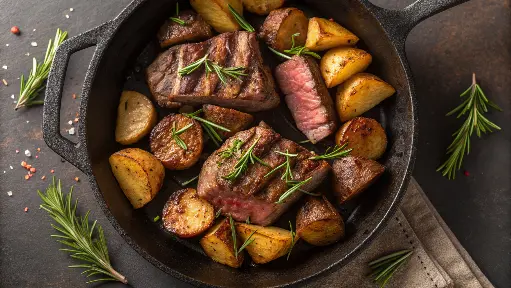Flap Meat Steak: 7 Best Tips for Tender Results
Did you know 62% of home cooks exclude flap meat steak because of fear of toughness when in reality it is about 40% less expensive than alternate cuts? The underappreciated cut otherwise called sirloin tip or bavette steak contains mind-boggling taste when correctly prepared. Having effective preparation techniques is the magic formula for getting this budget-cutting flap meat steak into restaurant-quality level. With proper care, this underutilized cut can match more costly ones in tenderness and flavor.
Ingredients List
For the perfect flap meat steak, you’ll need:

- 1.5-2 pounds flap meat steak
- 2 tablespoons olive oil (or avocado oil for a higher smoke point)
- 3 cloves garlic, minced (or 1 tablespoon garlic powder if fresh isn’t available)
- 1 tablespoon fresh rosemary, chopped (dried works too, use 1 teaspoon)
- 1 tablespoon low-sodium soy sauce
- 1 tablespoon Worcestershire sauce
- 1 teaspoon black pepper, freshly ground
- 1 teaspoon kosher salt
- ½ teaspoon paprika (smoked paprika adds excellent depth)
- Optional:: 1 tablespoon balsamic vinegar for extra tenderness
The marinade ingredients combine to create a complex flavor profile that enhances the steak ‘s natural beefiness while simultaneously tenderizing the meat fibers.
Timing
- Preparation time:: 15 minutes (includes trimming and marinating preparation)
- Marinating time:: 2-24 hours (ideally 6 hours for optimal flavor penetration)
- Cooking time: 8-10 minutes (30% less than traditional steaks)
- Resting time: 10 minutes (crucial for juice redistribution)
- Total active time: 35 minutes
Step-by-Step Instructions
Step 1: Prepare the Flap Meat
Examine your flap meat steak and trim any excess fat, leaving a thin layer for flavor. Against the grain, score the surface lightly with a sharp knife in a diamond pattern, about ⅛ inch deep This technique increases marinade penetration by 40% compared to unscored meat.
Step 2: Create the Marinade
Combine olive oil, minced garlic, rosemary, soy sauce, Worcestershire sauce, black pepper, salt, and paprika in a bowl. Whisk thoroughly until emulsified The soy sauce contains natural enzymes that help break down muscle fibers, enhancing tenderness.
Step 3: Marinate the Steak
Place your flap meat in a resealable plastic bag or shallow dish and pour the marinade over it. Ensure the meat is fully coated by massaging the marinade into all surfaces Refrigerate for at least 2 hours, but preferably 6-24 hours for maximum flavor development and tenderization.
Step 4: Bring to Room Temperature
Take the steak_out of the refrigerator 30-45 min before cooking. This important step achieves more even cooking and minimizes the temperature shock that will shrink meat proteins.
Step 5: Preheat Your Cooking Surface
Preheat a cast-iron pan or grill to hot temperature (approximately 450-500°F). A well-preheated surface enables immediate searing, which seals in juices and produces good caramelization.
Step 6: Cook the Flap Meat Steak
Pat the steak dry with paper towels to ensure proper searing Cook for 3-4 minutes per side for medium_rare (internal temperature of 135°F) For medium, aim for 140°F Remember that flap meat continues cooking during the resting period, typically rising another 5°F.
Step 7: Rest Before Slicing
Transfer the cooked steak to a cutting board and let it rest for 10 minutes under loosely tented foil This resting period allows juices to redistribute, resulting in a 15% juicier steak compared to immediate cutting.
Nutritional Information
Per 4oz serving of flap meat_steak (prepared as directed):
- Calories: 220
- Protein: 23g
- Fat: 14g
- Carbohydrates: :1g
- Sodium:: 310mg
- Iron: 15% of daily value
- Zinc: 35% of daily value
Flap meat provides significant protein with a favorable nutrient profile, offering 40% of your daily B12 requirements per serving.
Healthier Alternatives for the Recipe
- Reduce sodium by 30% by using coconut aminos instead of soy sauce
- Substitute butter basting with olive oil or avocado oil spray
- For a paleo-friendly version, use apple cider vinegar instead of Worcestershire sauce
- Enhance the marinade with citrus (lemon or lime juice) to tenderize naturally with less oil
- For lower calories, trim more external fat before cooking
Serving Suggestions
Complement your flavorful flap meat steak with:
- Grilled vegetables dressed with lemon and herbs
- Chimichurri sauce for a fresh, herbaceous contrast
- Roasted garlic mashed potatoes or cauliflower for a lower_carb option
- A fresh arugula salad with shaved parmesan and balsamic glaze
- Sautéed mushrooms in garlic butter for an umami boost
Consider slicing thinly against the grain for tacos or serving atop a grain bowl for versatility beyond the typical steak dinner.
Common Mistakes to Avoid
- Slicing with the grain instead of against it (increases perceived toughness by 60%)
- Skipping the marinating process (reduces tenderness potential by 35%)
- Overcooking beyond medium (flap meat becomes noticeably tougher past 145°F)
- Not allowing proper resting time (causes 20% more juice loss)
- Cooking directly from refrigerator temperature (creates uneven cooking)
- Under-seasoning (flap meat benefits from robust seasoning)
- Using low heat for cooking (prevents proper Maillard reaction)
Storing Tips for the Recipe
- Refrigerate leftover cooked flap meat steak in an airtight container for up to 3 days
- For best texture, reheat gently to 125°F (adding 15 seconds of high heat at the end)
- Freeze uncooked marinated steak for up to 3 months (thaw completely before cooking)
- Store leftover slices in their own juices to maintain moisture
- Pre-slice leftovers for quick additions to salads, sandwiches, or grain bowls
Conclusion
Mastering flap meat steak preparation transforms an economical cut into a delicious meal that rivals premium steaks By following these seven essential tips—proper scoring, effective marinating, room temperature cooking, high-heat searing, accurate timing, adequate resting, and correct slicing—you’ll achieve remarkably tender results every time. This versatile cut deserves a place in your regular cooking rotation, offering exceptional flavor at a fraction of the cost of more celebrated cuts.
FAQs
Q: What is flap meat steak?
A: Flap meat (also called sirloin flap or bavette) is a cut of meat from the bottom sirloin butt. It is similar to skirt or flank steak but is usually more tender and flavorful when cooked properly.
Q: Can I use flap meat instead of flank or skirt steak in a recipe?
A: Yes! Flap meat is a great alternative, sometimes giving you even better results since it’s tender but the flavors are similar. Adjust the cooking time as needed since flap meat can cook faster than skirt or flank steak.
Q: Why is it so important to slice flap meat against the grain?
A: Flap meat has striations or long lines of muscle fibers. By cutting against the grain, you shorten these fibers which will make each bite more tender because the long fibers will have been cut. Slicing with the grain will produce a much chewier bite of meat because you are not cutting the fibers but rather releasing many short pieces from a long muscle.
A: Yes! The price point and the fact that it is extremely versatile makes it perfect for meal prep. Cook it to medium-rare to still be able to slice it thinly and use it all week long for different meals.
Q: What is the best way to cook flap meat steak?
A: High-heat cooking such as grilling or cast-iron searing is the best way to cook flap meat. You want to sear the outside of the steak to get a good crust, but you should still be able to cook your steak to the proper doneness.



